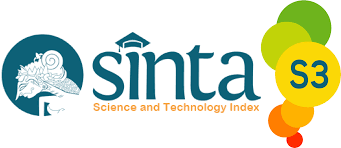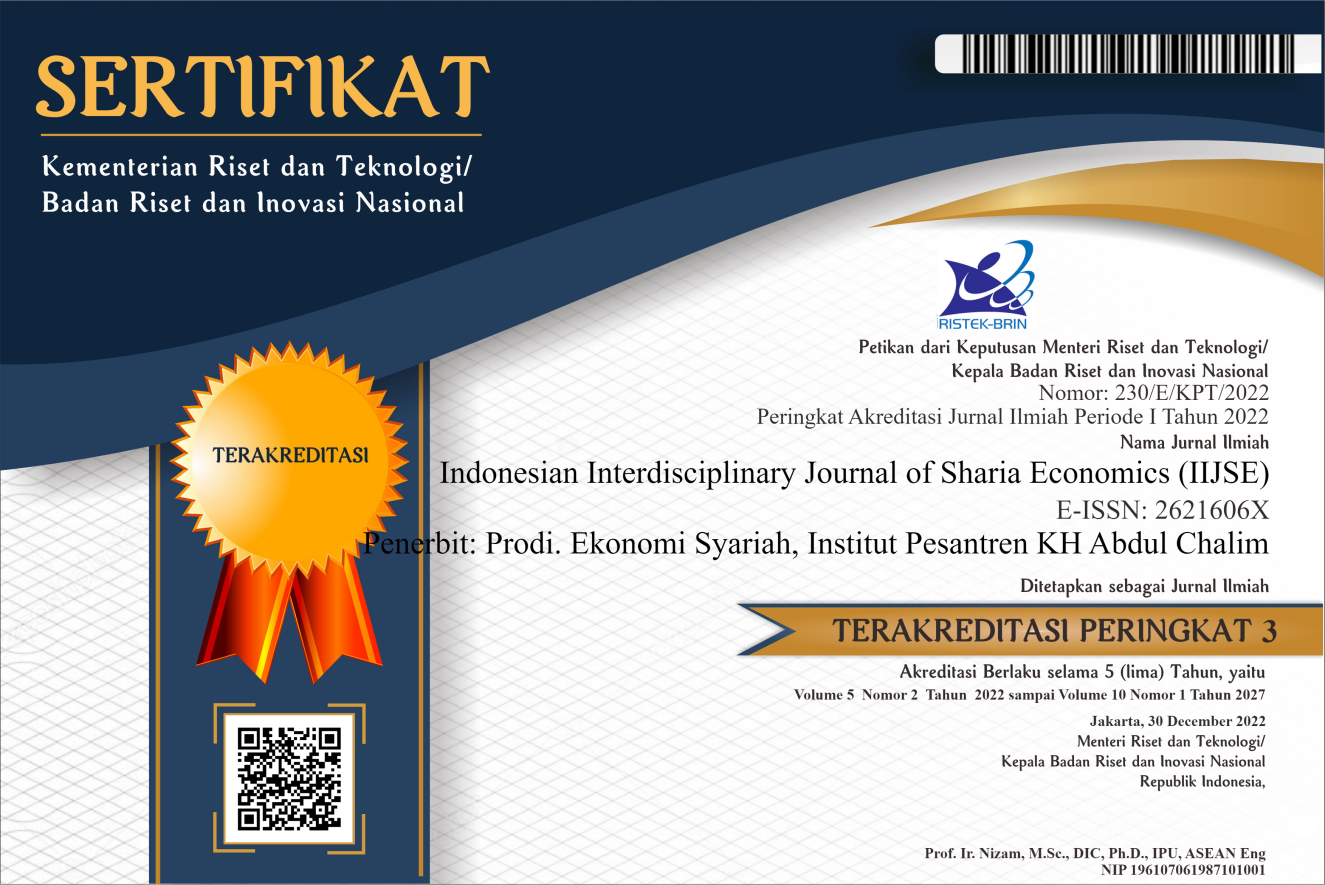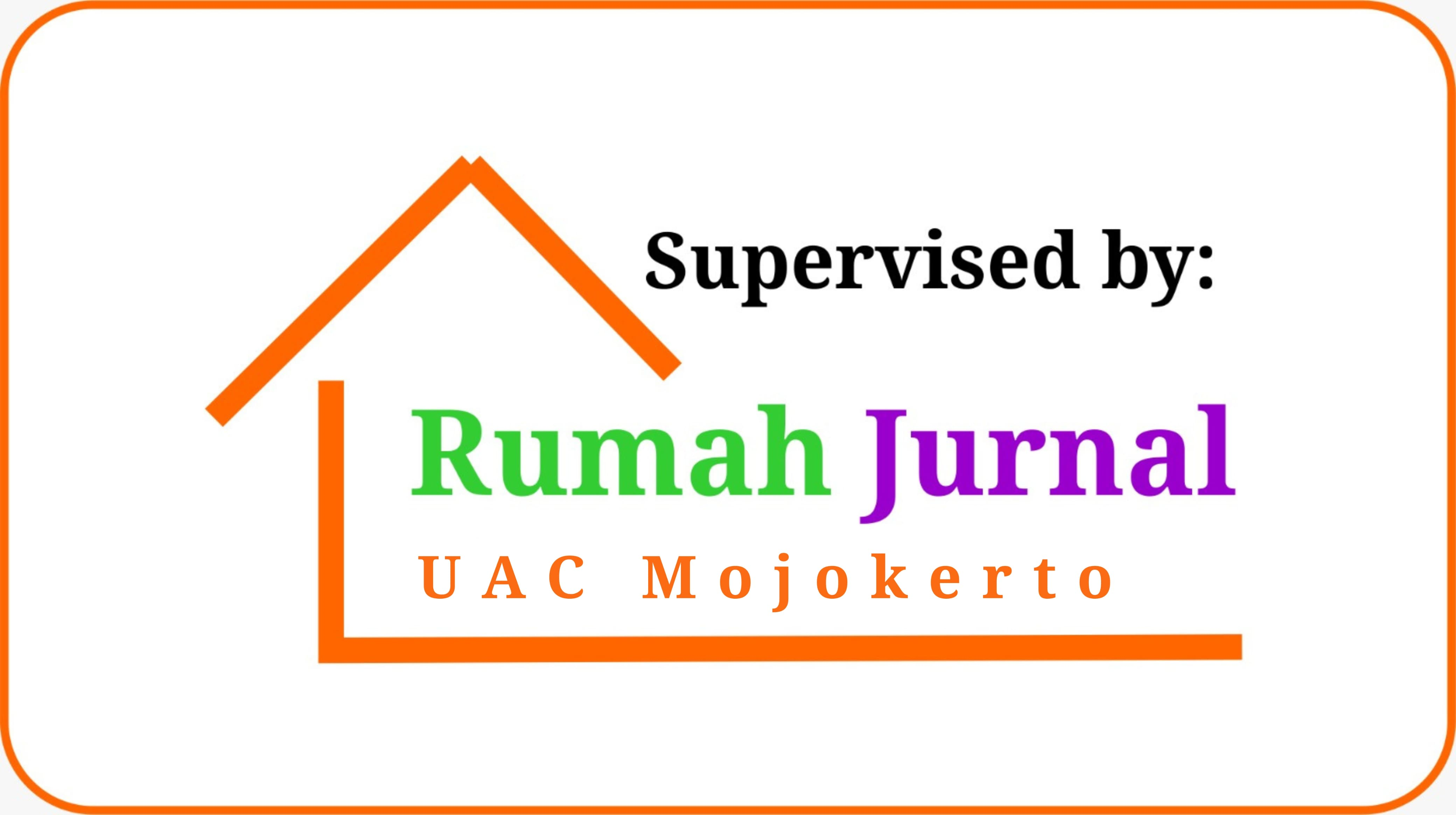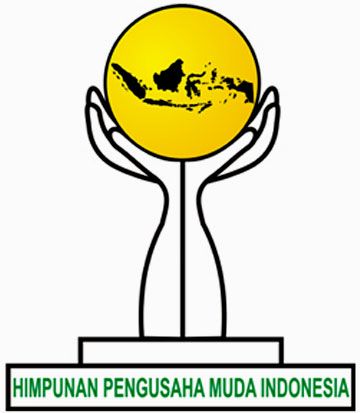Layout Redesign Analysis Plastic Tarpaper Production Floor Uses Craft Algorithm Method at PT. Limmas Anugrah Plasindo
Abstract
A good layout will provide efficient material flow, shorter material movement distances, and minimal material movement costs. Several techniques can be used to rearrange an inappropriate layout. One way to rearrange the layout is to use the CRAFT (Computerized Relative Allocation of Facilities Technique) method, which is a software improvement program that aims to find the optimal design by gradually improving the layout. The CRAFT method itself has been widely used to improve and develop the effectiveness of layouts in companies and agencies and optimize land use and emphasize OMH values. PT. Limmas Anugrah Plasindo is a manufacturing company engaged in the production of rolled plastic tarpaulins that always maintains product quality. Where the machines experience backtracking (land use problems) so that the distance traveled becomes far. Therefore, this study proposes a layout to reduce the distance and cost of OMH, resulting in a reduction in OMH costs of Rp. 306,622.74 from the initial total of Rp. 1,285,628.80. and a reduction in land by 272m. The implementation of the CRAFT method still refers to field conditions and agreements from the company by also considering aspects of worker comfort, storage of finished goods and others.
Downloads
References
Erlon Wattimena dan Nil Edwin Maitimu, (2015) “Usulan Perbaikan Tata Letak Lantai produksi Gudang Tujuh PT. Mulcindo Dengan Menggunakan Metode Algoritma Craft” Program Studi Teknik Industri, Fakultas Teknik Universitas Pattimura
Hadiguna, R. dan Setiawan, H. (2008). Tata Letak Pabrik. Yogyakarta: Andi. Heragu, Sunderesh. 2008. Facilities Design Fourth Edition. New York: CRC Press. Huda, Adek, (2015) “Analisis Re-Layout Gudang PG. Watoetoelis, Krian, Dengan
Metode Activity Relationship Chart (ARD) dan Metode Computerized Relatif Allocation Facilities Technique (CRAFT)”. Skripsi. Fakultas Tenik, Progdi Teknik Industri, UPN Veteran Jawa Timur
Nurholipah, Dewi, (2017) “Usulan Layout Gudang Bahan Baku Menggunakan Algoritma CRAFT dan AAD Untuk Minimalkan Ongkos Material Handling di Perusahaan Sepatu”. Skripsi. Fakultas Teknik. Progdi Teknik Industri. Universitas Widyatama.
Pailin, daniel, (2013) “Usulan Perbaikan Tata Letak Lantai Produksi Menggunakan Algoritma CRAFT dalam Meminimumkan Ongkos Material Handling dan Total Momen Jarak Perpindahan (Studi Kasus PT. Grand Kartect Jakarta)”. Jurnal. Hal 73.
Risistono A. (2005) Perancangan Tata Letak Pabrik Secara terdistribusi menggunakan algoritma Genetika, PS Magister Manajemen Teknologi, ITS.
Sritomo, W. (2003) Tata Letak Pabrik dan Pemindahan, Guna Widya Wignjosoebroto, S. (2009). Tata Letak Pabrik dan Pemindahan Bahan (Edisi Ketiga). Surabaya: Guna Widya.
Syarifuddin, M., Toha, M., & Hamza, H. (2024). Analysis of the Economic Independence of Islamic Boarding Schools Through Smart Card Digitalization Innovation (Case Study of Al-Amin Islamic Boarding School Mojokerto). Malacca: Journal of Management and Business Development, 1(2), 56–71. https://doi.org/10.69965/malacca.v1i2.82
Winanda, Febrian, (2017) “Perancangan Tata Letak Lantai Produksi Menggunakan Algoritma CRAFT”. Skripsi. Fakultas Teknik. Progdi Teknik Industri.Universitas Widyatama
Yuliani L, Febianti E dan Herlina L, (2016) “Usulan Perbaikan Tata Letak Gudang Dengan Menggunakan Metode CRAFT (Studi Kasus di Gudang K-Store Krakatau Junction) Vol 4 No. 2
Copyright (c) 2025 Roesmita Sukma Alam

This work is licensed under a Creative Commons Attribution-ShareAlike 4.0 International License.
Authors who publish with this journal agree to the following terms:
- Authors retain copyright and grant the journal right of first publication with the work simultaneously licensed under a Creative Commons Attribution License that allows others to share the work with an acknowledgment of the work's authorship and initial publication in this journal.
- Authors are able to enter into separate, additional contractual arrangements for the non-exclusive distribution of the journal's published version of the work (e.g., post it to an institutional repository or publish it in a book), with an acknowledgment of its initial publication in this journal.
- Authors are permitted and encouraged to post their work online (e.g., in institutional repositories or on their website) prior to and during the submission process, as it can lead to productive exchanges, as well as earlier and greater citation of published work.


















